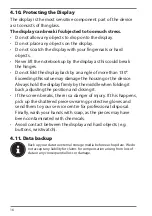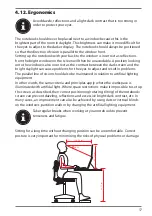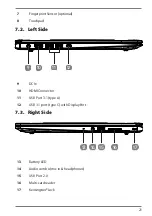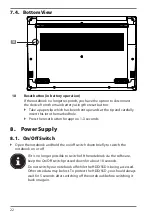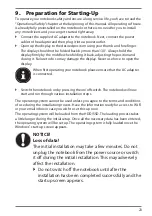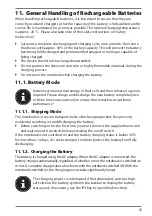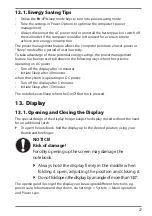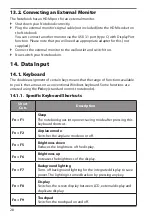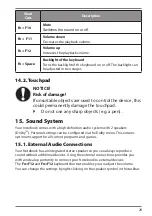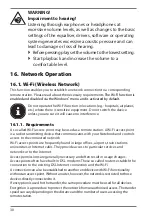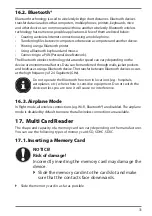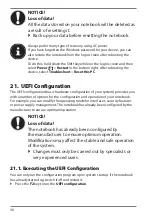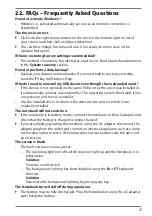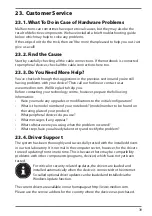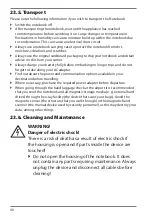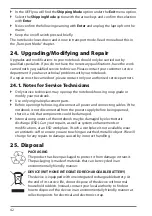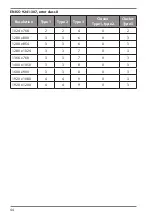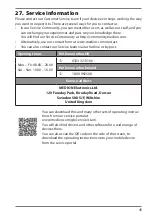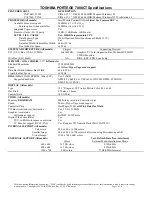
30
WARNING!
Impairment to hearing!
Listening through earphones or headphones at
excessive volume levels, as well as changes to the basic
settings of the equaliser, drivers, software or operating
system generates excessive acoustic pressure and can
lead to damage or loss of hearing.
`
Before pressing play, set the volume to the lowest setting.
`
Start playback and increase the volume to a
comfortable level.
16. Network Operation
16.1. Wi-Fi (Wireless Network)
This function enables you to establish a network connection to a corresponding
remote station. Please read about the necessary requirements.
The Wi-Fi function is
enabled and disabled via the Windows
®
menu and is activated by default.
Do not operate the Wi-Fi function in locations (e.g.: hospitals, airplanes,
etc.) where there is sensitive equipment. Do not switch the device
unless you are sure it will cause no interference.
16.1.1. Requirements
A so called Wi-Fi access point may be used as a remote station. A Wi-Fi access point
is a radio transmitting device that communicates with your Notebook and controls
access to the connected network.
Wi-Fi access points are frequently found in large offices, airports, train stations,
universities or Internet cafés. They provide access to particular services and
networks or to the Internet.
Access permissions are generally necessary and often result in usage charges.
Access points often have built-in DSL modems. These so called routers establish the
connection to the existing DSL Internet connection and the Wi-Fi.
A connection can also be established to another end device with Wi-Fi functionality
without an access point. Without a router, however, the network is restricted to those
devices directly connected to it.
If encryption is used for the transfer, the same procedure must be used for all devices.
Encryption is a procedure to protect the network from unauthorised access. The transfer
speed can vary depending on the distance and the number of users accessing the
remote station.

